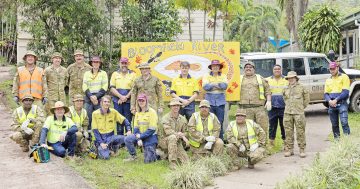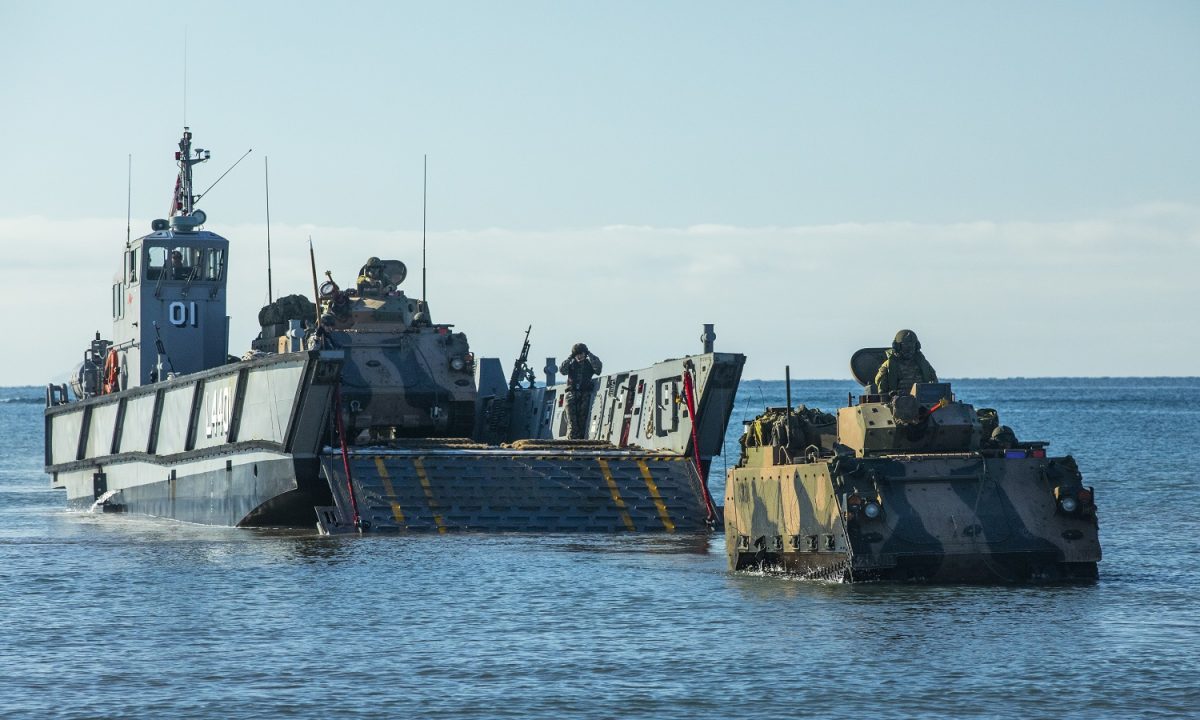
An Army M113AS4 armoured personnel carrier comes ashore from a Navy landing craft during a beach assault as part of Exercise Talisman Sabre 2021. Photo: ADF.
AUSTRALIA, the US, and allied nations are building up their forces primarily in Queensland in preparation for Exercise Talisman Sabre 2023, the nation’s largest military exercise for decades.
The biennial exercise officially runs from 22 July to 4 August – although there are related events occurring outside of these dates – and there will be significant activity around Weipa and Napranum. Talisman Sabre is described as an opportunity to exercise “high-end, multi-domain warfare capabilities, build and affirm military-to-military ties and interoperability, and strengthen strategic partnerships across the region”.
But as the exercise has grown over several recent iterations, so too has its geographical footprint. This year, exercise evolutions will be held at Jervis Bay on the NSW South Coast, on Norfolk Island, in the air and on the ground at multiple locations across a large swathe of Queensland from RAAF Base Amberley near Brisbane to Weipa on the west coast of Cape York, Darwin and Tindal RAAF bases in the Northern Territory, and RAAF Base Curtin in the Pilbara region of WA.
Apart from Australia and the US, 30,000 air, ground, and naval personnel from Fiji, Indonesia, Japan, Republic of Korea, New Zealand, Papua New Guinea, Tonga, France, UK, Canada and Germany will participate, while observers from the Philippines, Singapore and Thailand will also attend.
Equipment will include aircraft carriers, destroyers, large and small amphibious vessels; fighter, bomber, surveillance and transport aircraft; transport and attack helicopters, tanks and armoured vehicles; anti-ship missiles and artillery.
One of the first exercise events at Jervis Bay on 21 July will see a live firing of Japanese Self-Defense Force Type 12 Surface-to-Ship missiles (SSM), a capability similar to that which the Australian Army is interested in acquiring through its Project LAND 4100 Phase 2 land-based anti-ship missile system requirement.
“Talisman Sabre is a practical demonstration of our enduring alliance with the United States, through deepening cooperation in training and innovation,” Defence Minister and Deputy Prime Minister, Richard Marles said in an April release.
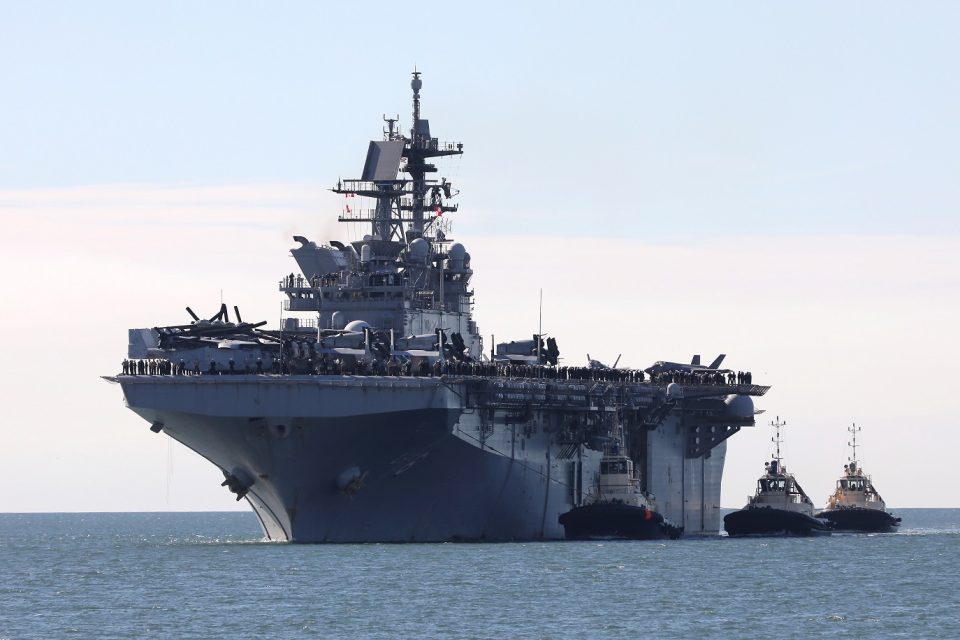
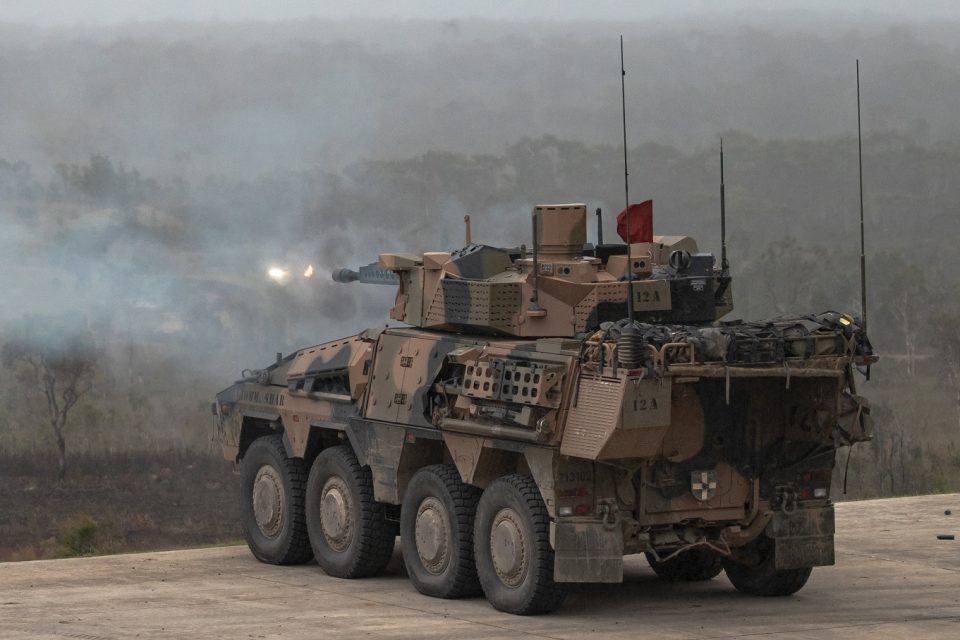
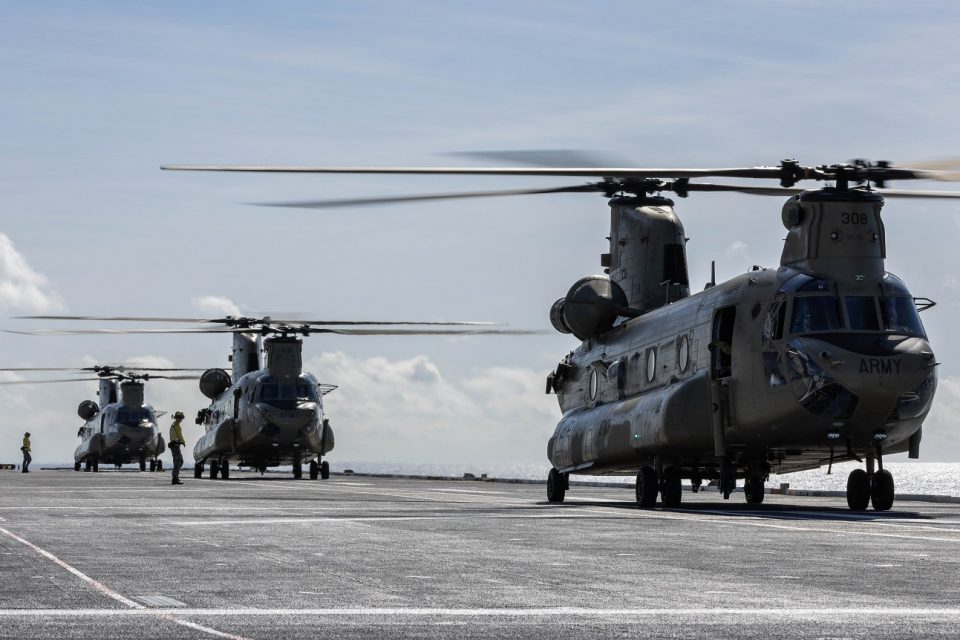
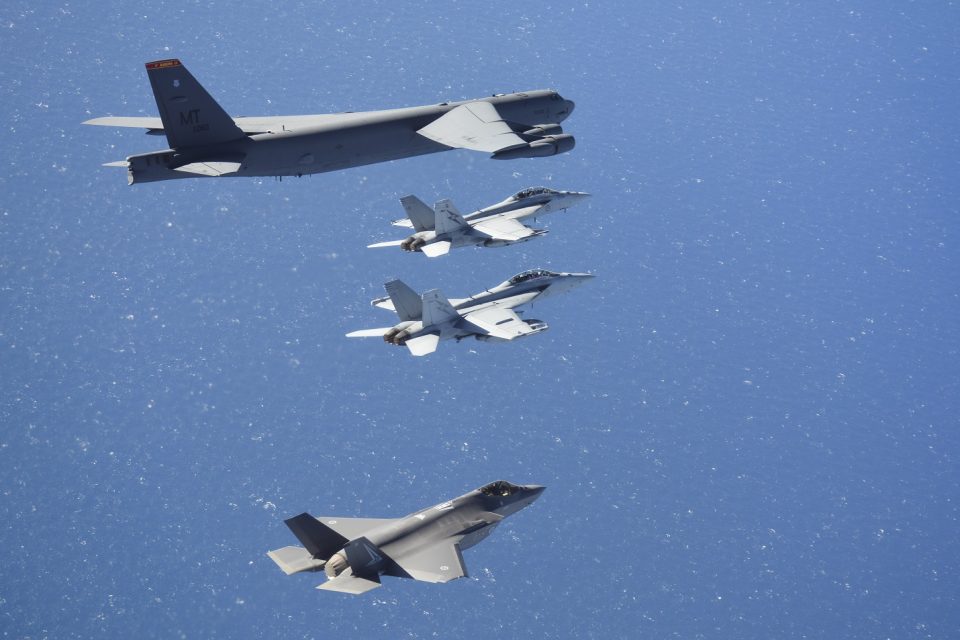
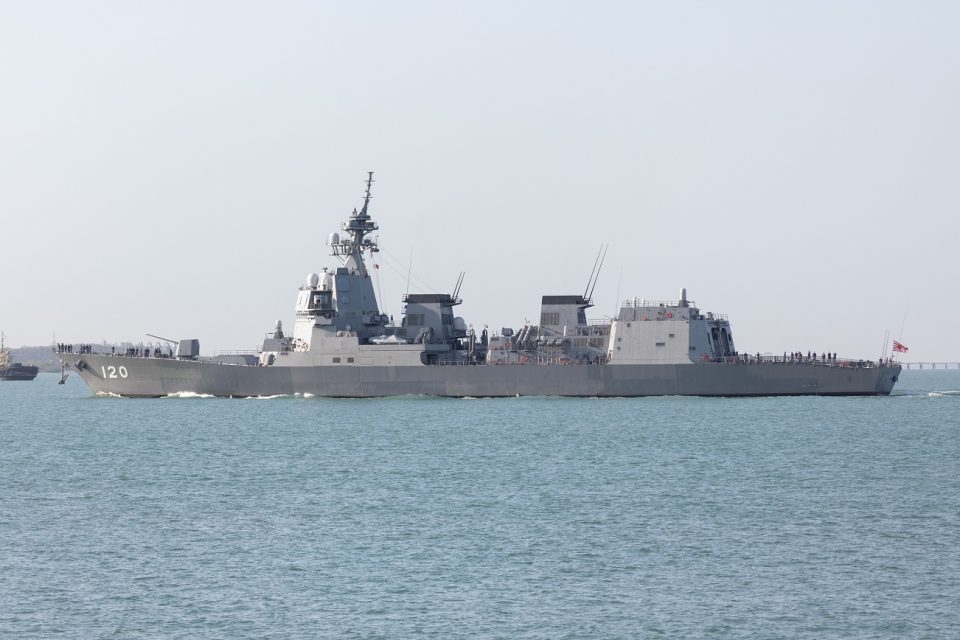
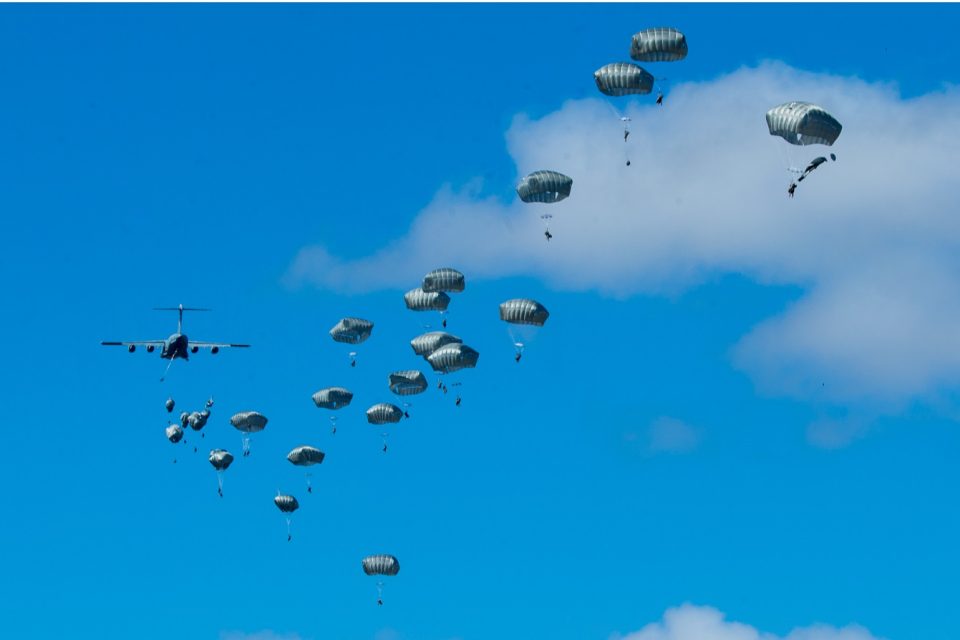
Exercise director, Australian Army Brigadier Damian Hill said Talisman Sabre 2023 would be the largest-ever iteration of the exercise in terms of geographic span and partner nation involvement.
“Considerable planning has gone into a safe and productive exercise for all participants,” he said.
“This year’s exercise will demonstrate our ability to receive large volumes of personnel and equipment into Australia from across the Indo-Pacific and stage, integrate and move them forward into the large exercise area.
“I thank the traditional owners, landowners, state authorities, and key community stakeholders who have helped us develop a safe and productive exercise for all participating nations.”
The exercise runs a number of different real-world scenarios or ‘evolutions’ focused on urban, jungle, and amphibious warfare operations, each with a specific objective. Examples could include an amphibious landing using landing craft and helicopters, an artillery strike using live ammunition against fixed and mobile targets, or a close air support mission using combat aircraft to aid troop movements on the ground.
As the exercise advances, more complex scenarios are introduced that may include operations in the cyber and space domains.
Prior to the exercise, Defence consults heavily with local governments, traditional owners, and landowners as part of the exercise planning and safety process.
Any foreign equipment brought into Australia for the exercise is subject to Australia’s biosecurity regulations, thoroughly inspected and, if necessary, decontaminated.
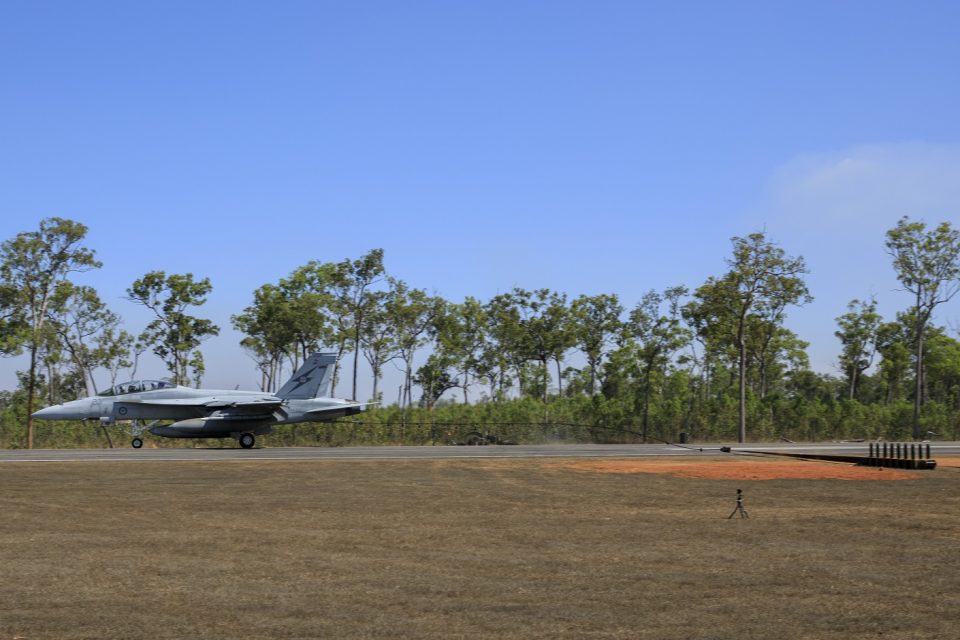
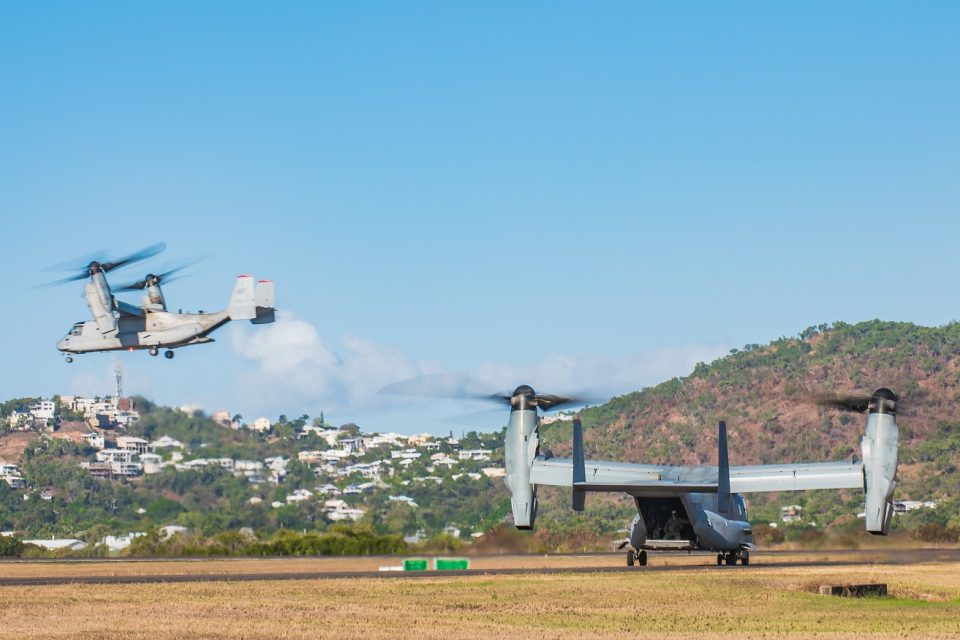
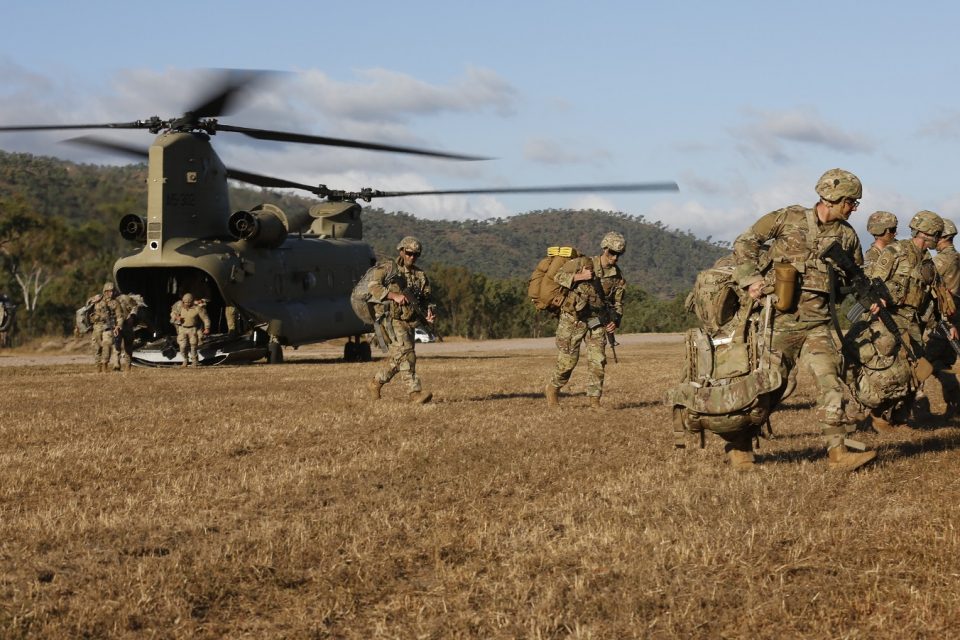
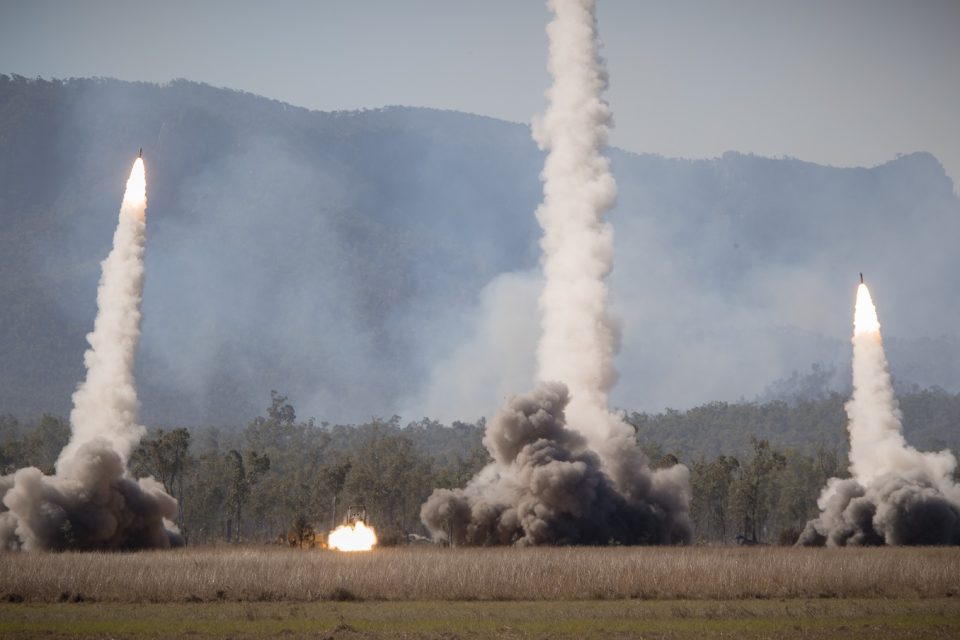
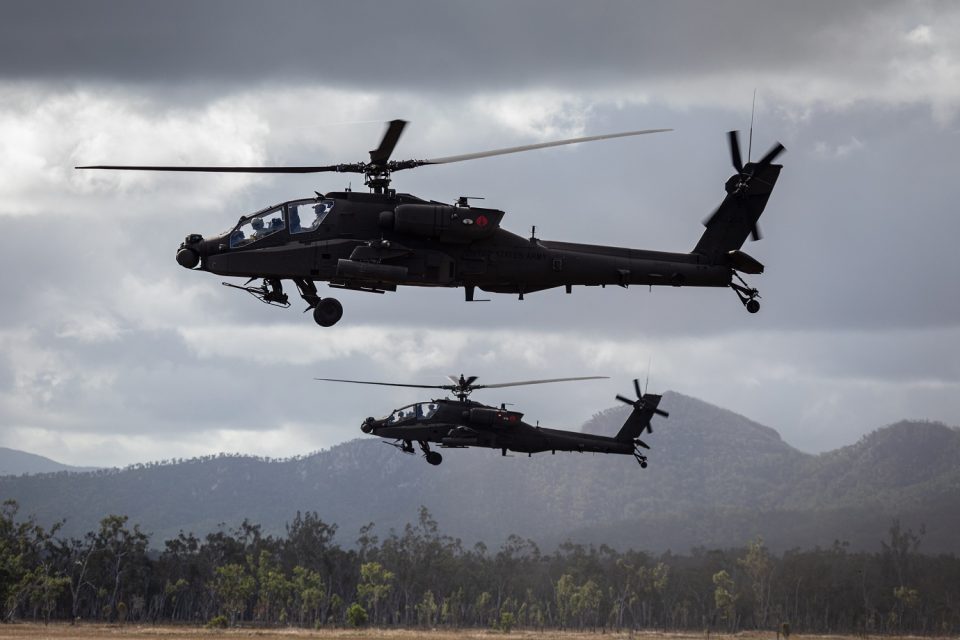
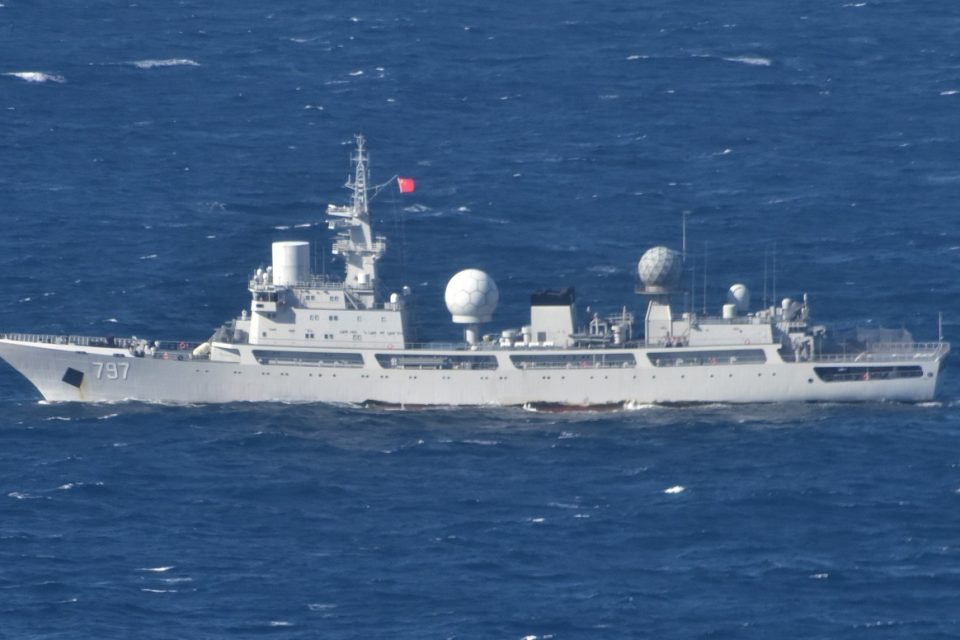
The Australian Defence Force conducted several smaller lead-up exercises to prepare its personnel and to test new equipment under exercise conditions.
These included exercises Southern Jackaroo and Diamond Strike with the Japanese Ground Self-Defense Force (JGSDF) and US Marine Corps; Exercise Brolga Run 23, a mass casualty evacuation; the amphibious landings conducted on exercises Sea Explorer and Sea Raider; a tank live-fire event on Exercise Capital OTP; Exercise Chau Pha which saw Army artillery deployed to the Townsville Field Training Area by helicopter; the Exercise Damascus armoured vehicle live-fire; and Exercise Nomad Walk, a base defence at Amberley.
In previous years, China has sent surveillance vessels from the People’s Liberation Army Navy (PLAN) to monitor the exercise, especially when US Navy aircraft carriers are in operation. With the participation of the carrier USS Ronald Reagan and several smaller air-capable ships, it is expected the PLAN will also make an appearance.
Original Article published by Andrew McLaughlin on Riotact.


